ROSA to the Occasion: Epilepsy Care Gets Robotic Boost at UC San Diego Health
Epilepsy treatment, and hopefully quality of life for one 18-year-old patient, receives robotic boost at UC San Diego Health.
Epilepsy treatment, and hopefully quality of life for one 18-year-old patient, receives robotic boost at UC San Diego Health.
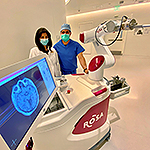
Science and engineering research and education depend on a complex and distributed ecosystem of cyberinfrastructure (CI). This ecosystem is made up of research labs, campuses and national resources.
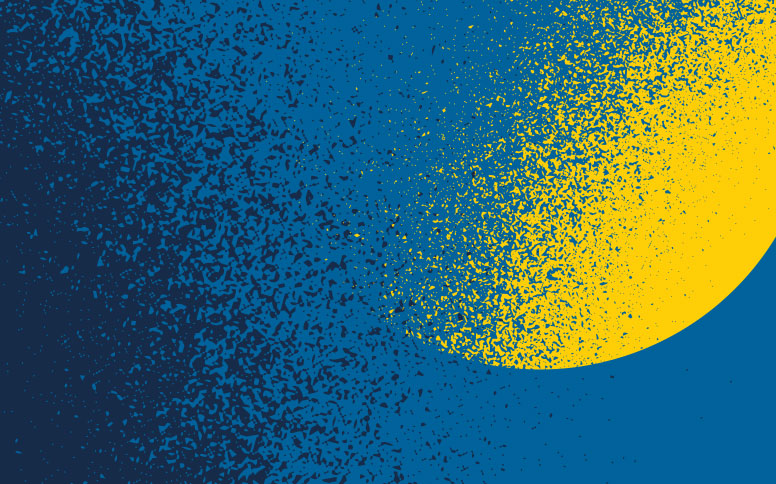
The University of California San Diego is once again ranked one of the top 10 public universities in the country, according to the Center for World University Rankings (CWUR).
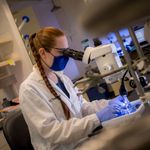
Urban Electric Power installed rechargeable alkaline battery technology at the San Diego Supercomputer Center, replacing 20,000 pounds of toxic lead-acid batteries with a safer, environmentally friendly and cost-effective alternative, and more than doubling the available battery backup electricity.
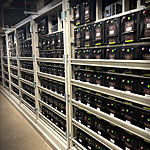
A UC San Diego medical student has won a prestigious fellowship for immigrants and children of immigrants to the United States. Lawrence T. Wang, an MD-PhD candidate, was named among the 2022 recipients of the Paul & Daisy Soros Fellowship for New Americans and will receive up to $90,000 in funding.
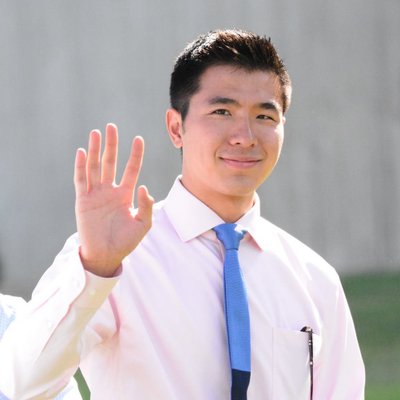
Humankind faces catastrophic changes in climate patterns, sea level, ocean acidity, public health, and worldwide ecosystems due to climate change. According to the most recent assessment from the United Nations Intergovernmental Panel on Climate Change, if there’s any hope of mitigating the worst outcomes, immediate action is essential.

Keep up with all the latest from UC San Diego. Subscribe to the newsletter today.
You have been successfully subscribed to the UC San Diego Today Newsletter.